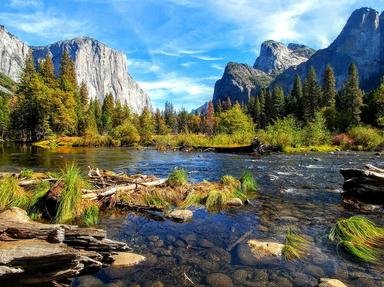Quiz Answer Key and Fun Facts
1. Racetrack Playa is what type of place?
2. Racetrack Playa is located in which United States National Park?
3. What type of vehicle is best to reach Racetrack Playa?
4. What is the mystery of the Racetrack Playa?
5. Who were the first people to remark the sliding stones?
6. How large are the sliding stones?
7. The Racetrack mystery was finally solved (at least partially) in what year?
8. How do the rocks on the Racetrack Playa move?
9. How did the researchers solve the mystery?
10. The Racetrack Playa is threatened by which of the following that could be prevented?
Source: Author
celvet
This quiz was reviewed by FunTrivia editor
agony before going online.
Any errors found in FunTrivia content are routinely corrected through our feedback system.
